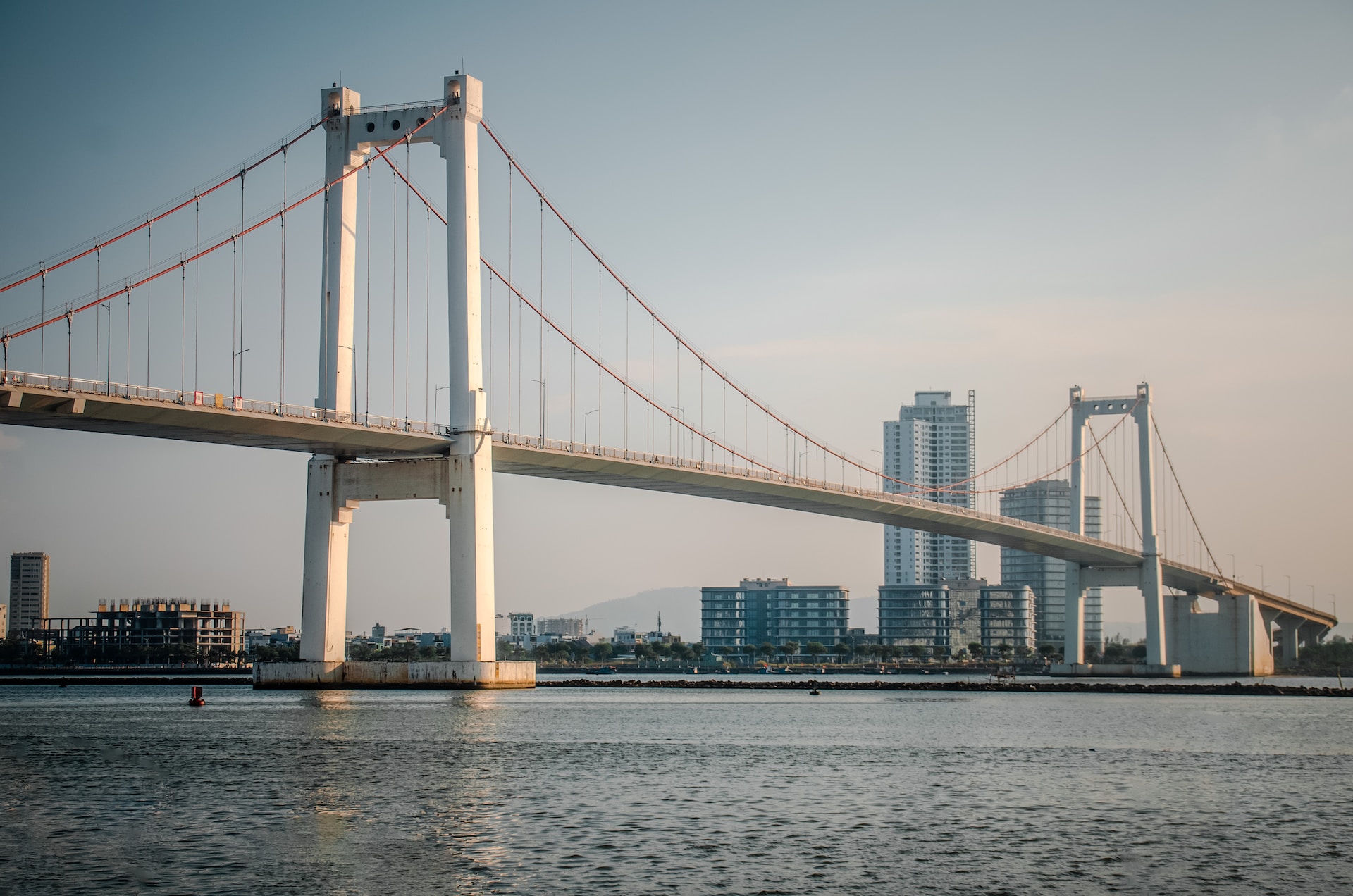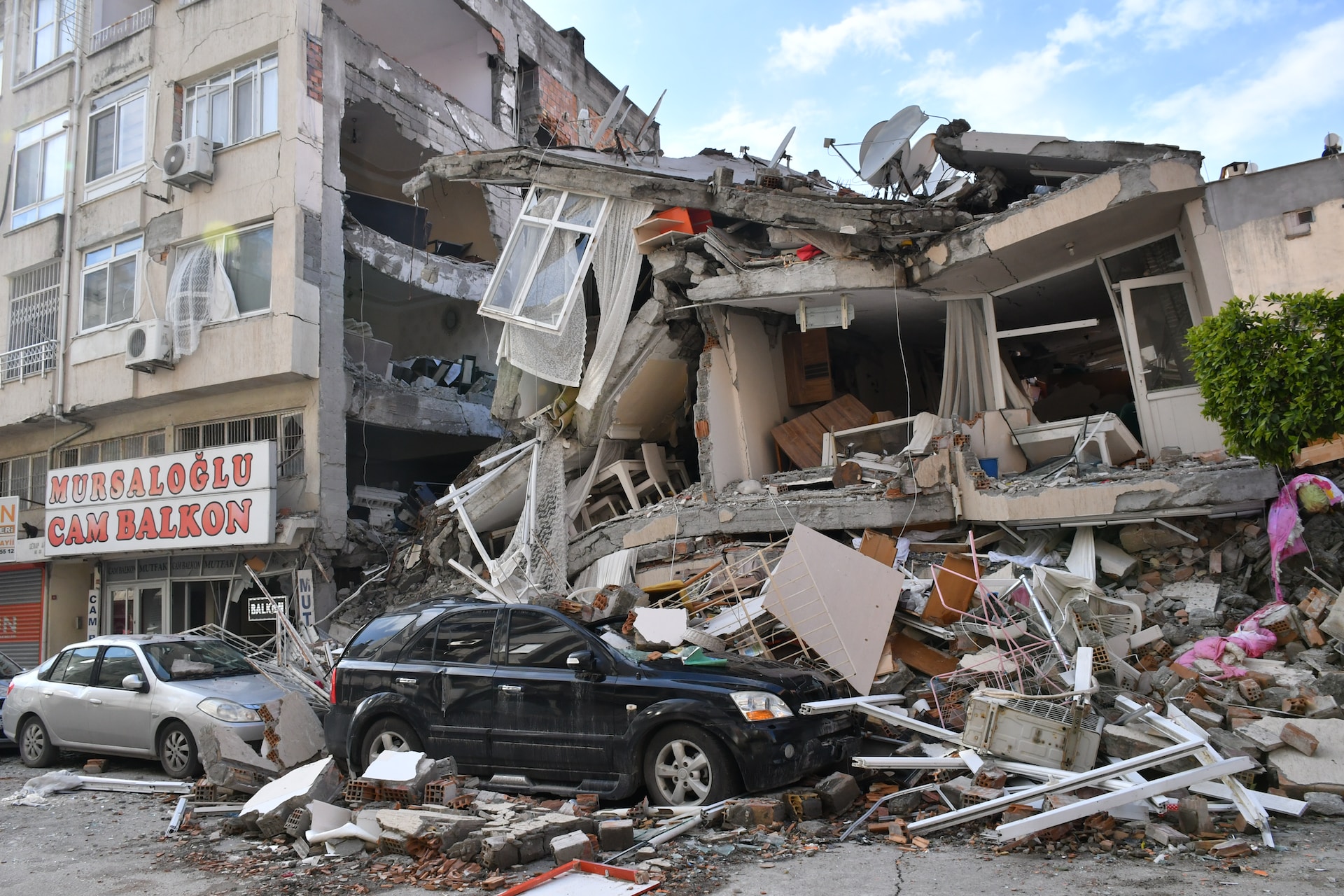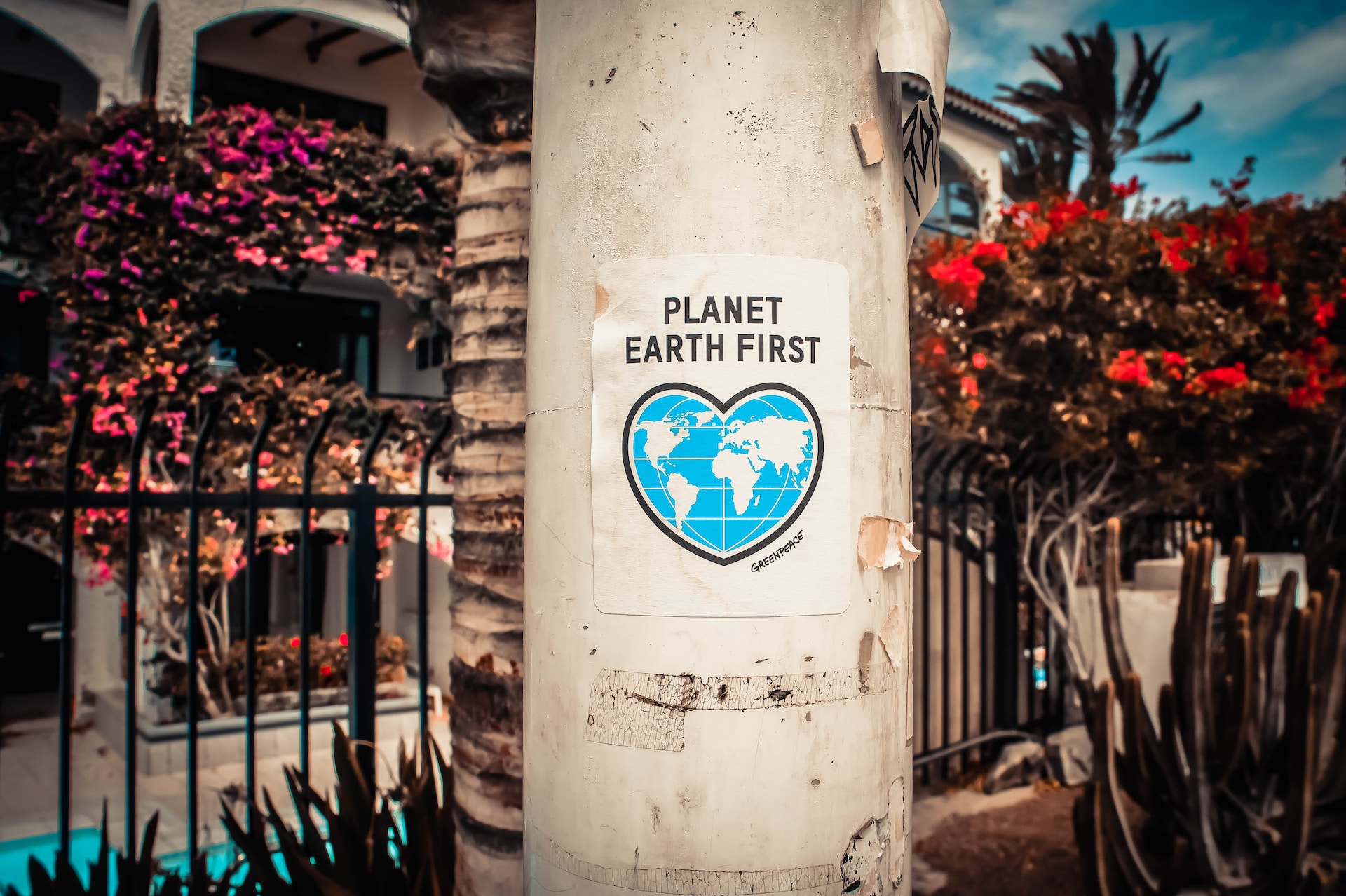The Necessity to Revitalize Asian Supply Chains
The globalized world has undergone economic disruptions on a massive scale. First, a trade war began between the US and China. Then the pandemic swept through the world in the start of 2020, completely disrupting lives and livelihoods. Although the pandemic has begun loosening its grip on the international community, the impacts of COVID-19 still linger, influencing the way we now live, work, and conduct business.
The world is now facing several risks: war between Russia and Ukraine is threatening global peace and order, as well as the worldwide economic slowdown coupled with high inflation, monetary tightening and anxieties about the future ahead. The most recent Israel Palestine raises the uncertainty even further.
The scenario is not all doom and gloom, however. The demand for global goods was still high as recently as 2022. Last year, imported value of goods rose to US$25 trillion from US$19trillion in 2019. Similarly, the value of exported goods also increased to US$24.5trillion in 2022 from US$18.7 trillion in 2019. This may suggest that while economic growth may have been hampered significantly, demand and supply for goods will show some resilience in the face of headwinds.
Asia certainly showed this manner of resilience. The region’s recent supply chain revitalization shored up exports, making up about 42.6% of the value of goods exported globally in 2022. Its major economies such as Singapore and the growing miracle Vietnam are implementing forward-looking policies to encourage supply chain growth.
Strengthening Asia’s supply chains forms the crux of one of the sessions at the upcoming Horasis Asia Meeting, scheduled to take place in Binh Duong, Vietnam between 3-4 December 2023. The gathering will bring together 300 CEOs, entrepreneurs, and prominent government representatives from Southeast Asia and beyond. The primary focus of this meeting will be to delve into key trends that will influence Vietnam’s economic advancement, steering it towards an exciting new chapter of global growth.
Supply Chain Revitalization
Several strategies are being implemented to revitalize Asia’s supply chains. Southeast Asia is poised to become the “new China”. There are several reasons supporting this; Western-imposed restrictions on China are pushing industry giants such as Apple, Google, and Samsung to seek out new bases for manufacturing outside of China, particularly in Vietnam. Subsequently, the discovery of large natural reserves of nickel and other rare earth elements in Southeast Asian nations such as Indonesia and the Philippines is creating a doubling effect.
Indonesia boasts the world’s largest nickel reserves—an impressive 21 million tons, representing nearly 25% of the global total. According to data sourced from the US Geological Survey, the Philippines follows closely, with the world’s fourth-largest nickel reserves, a substantial 4.8 million metric tons. Nickel is a crucial element in the production of stainless steel, electronic gadgets, and electric-powered vehicles. “Indonesia contributes 40 percent of the nickel [output] to the world. If you add the Philippines, it becomes 50-60 percent,” says Arsjad Rasjid, chairperson of the ASEAN Business Advisory Council.
Furthermore, spillover from China’s advanced production systems into ASEAN will help establish the region’s own production networks, capable enough to compete on the global stage.
Several governments across Asia are investing in enhancing supply chain via technology spending. Hong Kong’s Technology Voucher Program promotes the adoption of cutting-edge technologies across various industries, including import- and export-oriented enterprises. Financially backed initiatives encompass a range of solutions such as resource planning, document management systems, mobile accessibility, electronic inventory management, point-of-sale and electronic procurement management systems.
Free trade agreements (FTAs) are also a great mechanism for supporting growth of trade. A prime example is Vietnam, which is party to 13 FTAs that allow import and export of goods with reduced or zero customs duties. EVFTA, an FTA between the EU and Vietnam, came into effect on 3 August 2020. The agreement aims to eliminate almost 99% of customs duties between the two countries over a period of seven years.
Infrastructure is also being enhanced to support supply chain revitalization. Vietnam’s government is actively engaged in enhancing road infrastructure, including the development of expressway projects aimed at bolstering connectivity with major cities. Vietnam’s extensive rail network, spanning a total length of 2,600 kilometers, interconnects the majority of provinces and cities across the nation. Moreover, this domestic rail system seamlessly integrates with the Chinese railway, facilitating cross-border train movement to destinations like Nanning and Beijing.
Building Trust and Transparency
Building trust and transparency in trade will be critical to making supply chains resilient, responsive, and efficient. Asia plays a central role in enabling this. A critical focus should be placed on the complete implementation of the WTO Trade Facilitation Agreement. This agreement is designed to accelerate the flow, release, and clearance of goods by enhancing transparency and governance; simplifying and modernizing border processes; and facilitating smooth transit of goods across borders. All members of the ASEAN are active participants of the ASEAN Single Window, which allows the seamless exchange of certificates of origin in accordance with the preferential tariff arrangement outlined in the ASEAN Trade in Goods Agreement.
Moving forward, the region will need to work together as one bloc to strengthen itself against future pandemics and other trade disruptions. And Asia’s economies must contend with the need to strengthen supply chains in the region—preparing it for a future where risks can be effectively mitigated and trade opportunities are further optimized.
Photo Caption: Vietnam is rapidly improving its supply chain infrastructure.



